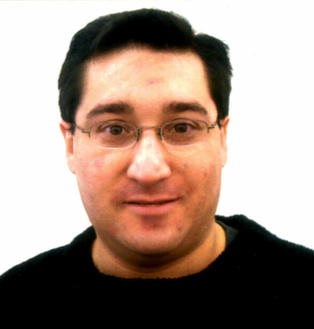 By Neil Versel
By Neil Versel
With the new year comes a new beginning for me as Contributing Editor to MobiHealthNews. On alternating weeks, I’ll be offering my hopefully insightful commentary on this fascinating world we call mobile health and interviewing newsmakers. I’ll also be providing regular news coverage.
Another sign of the turning of the calendar: The proliferation of recaps of the year just concluded and forecasts for the year ahead. Mobile health seems to be maturing as an industry because prognosticators are taking notice.
In what could be called a retroactive forecast because it’s based on expected sales through the end of December, Kalorama Information estimates that the market for mobile health apps reached $84.1 million in 2010. That’s more than double the $41 million recorded for 2009.
Last month, Computer Sciences Corp. and the California HealthCare Foundation detailed six technologies that will “transform care.” Five could fit into mobile or wireless categories.
VentureBeat, a blog that covers business innovation, listed technology for 60-something boomers—including remote patient monitoring—among its “10 top tech trends for 2011.” “This could mean everything from more use of large buttons on smartphones to technologies that make it easier to track the health of seniors from afar so they can reside in their own homes instead of hospitals. You can laugh it off as geriatric tech for old timers. But those who take it seriously will be laughing their way to the bank,” VentureBeat predicts.
Advertising firm JWT lists mobile health as No. 49 on its list of “100 things to watch in 2011.” From a JWT slide deck: “Look for mobile health apps to help improve health care and change the way patients and their physicians interact (think doctors using smartphones to access patients’ medical histories, patients monitoring their own blood pressure and glucose levels). The Bill & Melinda Gates Foundation is currently funding research into mHealth. And with 500 million people forecast to be using mobile health apps by 2015, global opportunities in this market are valued at as much as $60 billion.”
And as MobiHealthNews noted last week, CNET News played cheerleader for the cell phone in healthcare in a hyped-up year-in-review story. (New Year’s wish for my fellow journalists: Can we please stop saying, “There’s an app for that” or some form of the 2008-ish cliché when writing about smartphones in healthcare? Your readers will thank you.)
This is all wonderful news, particularly for those of you with money invested in m-health. From the cynic’s perspective, it’s also meant to draw eyeballs to screens (we can’t really say “sell newspapers” anymore, can we?) or position the prognosticators as thought leaders worthy of high-dollar consulting fees.
After all, wasn’t 2010 supposed to be “the year telehealth technology finally allows doctors to monitor their patients' health wirelessly in real time—no matter where the patient is.”? Sure, it’s possible, but now that it’s 2011, how many are actually doing it?

















